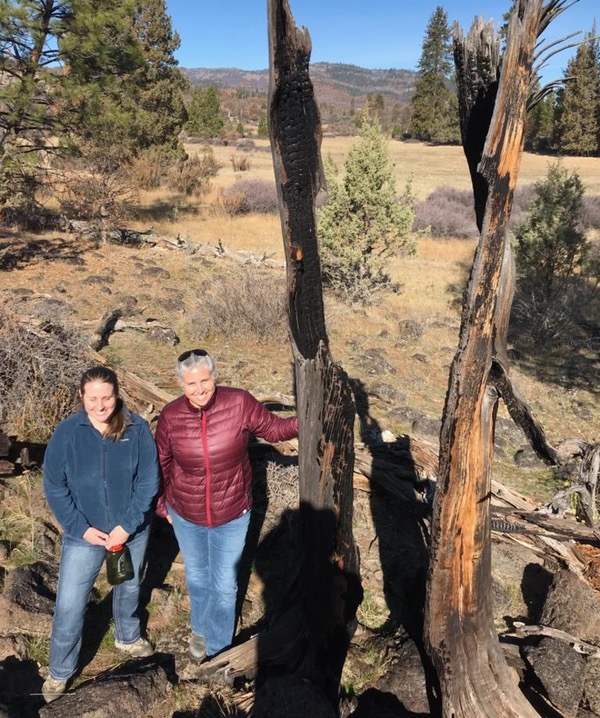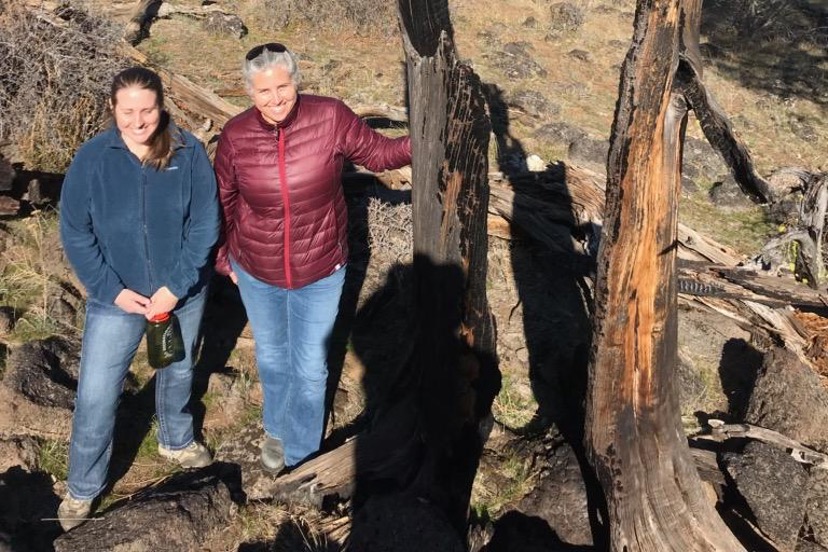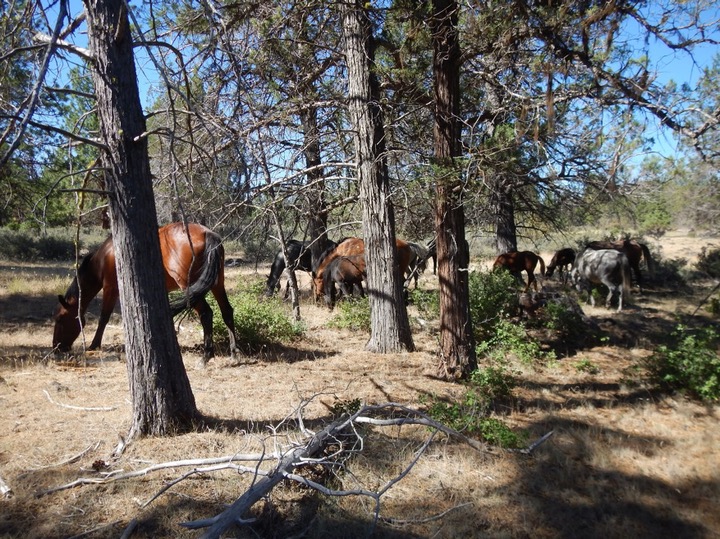By William E. Simpson II
“By altering the quantity and distribution of fuel supplies, large herbivores can shape the frequency, intensity, and spatial distribution of fires across a landscape”.
Western US states face a deadly and ecologically devastating challenge from Catastrophic Wildfire.
And as it so happens, so does Australia.
People in Australia are learning from the latest US research and empirical results on wildfires and reducing both the frequency and intensity of wildfire, resulting in the devolution of catastrophic wildfire back into the realm of the normal wildfire we expect and need on the landscape.
Here is a link from the Australian Government’s Royal Commission investigating natural disaster wildfires. In the submission and testimony to the Royal Commission, American wild horse research studies about the use of a large herbivores for reduce the frequency and intensity of wildfire are recommended to the Commission.
Unfortunately, some people who are influencing public land, natural resources, wildlife and forestry management, including some scientists and foresters still don’t understand the difference between ‘catastrophic’ wildfire and ‘normal’ wildfire. The thermodynamics of wildfire is a study of the chemistry of combustion, physics and other disciplines to a lesser extent.
As Jozef Keulartz wrote in Environmental Science:
The removal of large herbivores has adverse effects on landscape structure and ecosystem functioning. In wetter ecosystems, the loss of large herbivores is associated with an increased abundance of woody plants and the development of a closed-canopy vegetation. In drier ecosystems, reductions of large grazers can lead to a high grass biomass, and thus, to an increase in the frequency and intensity of wildfires. Together, with the loss of a prey base for large carnivores, these changes in vegetation structures and fire regimes may trigger cascades of extinctions…
Mankind and all of our technology cannot duplicate what has taken evolution millions of years to perfect in nature. Some balances in nature may be discrete but are nevertheless very effective, with some adjustments occurring in real-time.
The flawed perspective regarding the genesis of catastrophic wildfire currently held by some public land managers and scientists is causing more damage and costs than need be.
Simply put, their considerations are over-weighted by heavy fuels, which burn slower and cooler than grass and brush fires. And moreover, a failure in understanding the critical importance of proper population densities of keystone native species large herbivores on the landscape, especially wild horses, which are unique in their ability to re-seed threatened and endangered flora even as they maintain ground fuels (vegetative cover) to nominal levels year-round.
On landscapes already depleted of native large herbivores like deer and wild horses, the Department of Interior’s Bureau of Land Management (BLM) is actually removing the needed wild horses! And to make matters even worse from an ecological perspective, they are introducing invasive species livestock into wilderness areas as so-called wildfire grazers.
We know from solid science that these invasive species livestock will strip the landscape of the native flora, including threatened and endangered species of flora due to their complete digestion of the seeds; these invasive species on the North American continent evolved in Africa, and are not symbiotic to our ecosystems; they have no evolved mutualisms with native flora and fauna. Additionally, the BLM is at the same time, in other areas, increasing the populations of livestock while simultaneously eliminating the populations of native species Apex predators, further unbalancing wilderness ecosystems in order to increase profits.
As anyone can see by the empirical data on the ground, and by the dozens of recent wildfires that have incinerated so-called FireWise communities recently built with the most recent fire-code structures (i.e. Coffee Park in Sonoma, etc.), trees were not the primary fuels; grass and brush were the primary fuels according to numerous CAL-FIRE forensic reports.
So for the sake of absolute clarity:
Catastrophic wildfire results from the abnormally intense heat they generate as a result of being highly-fueled by excessively abnormal ground fuels of grass and brush (aka: kindling/tinder) which are the hottest burning fuels (aka: ‘accelerants’). The excess of ground fuels is the result of a depleted herbivory on the landscape (depleted deer and wild horses).
Grass and brush fuels burn hot and fast, and when supported by added oxygen from a wind can reach temperatures over 2,000 degrees Fahrenheit. Heat generated by catastrophic wildfire can melt aluminum (~1,250 degrees F) and deform steel (~1,800 degrees F).
Grass and brush fuels are responsible for carrying (spreading) fire to other nearby fuels, including heavier fuels (trees, structures, etc.) which these super-hot burning grass and brush fuels will quickly kindle into flames as well…
Even dead, dried snags (dead trees) are made less dangerous by reducing the grass and brush fuels around such ‘heavy fuels’, as seen in this photo:

In October 2019, I personally guided Ms. Brown and Ms. Burghard on a tour of the Cascade-Siskiyou National Monument (‘CSNM’) to show them the benefits of having native species large herbivores present in the forest there.
I was able to quickly make my point when we ran across a huge conifer snag that had been hit by lightening and burned furiously. Even so, the fire couldn’t spread to the other nearby fuels (trees, etc.) because the wild horses had symbiotically grazed-down and maintained the grass and brush fuels around the snag to nominal levels.
As a result of the symbiotic grazing of wild horses, the tree burned furiously yet, the fire didn’t spread, saving the Monument from further wildfire damage.
William E. Simpson II is a naturalist, author, and conservationist living in Yreka, CA.


